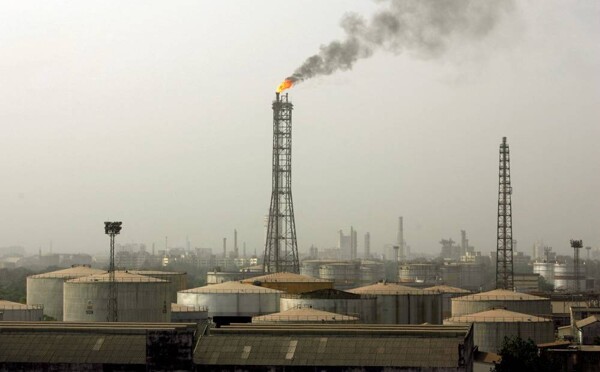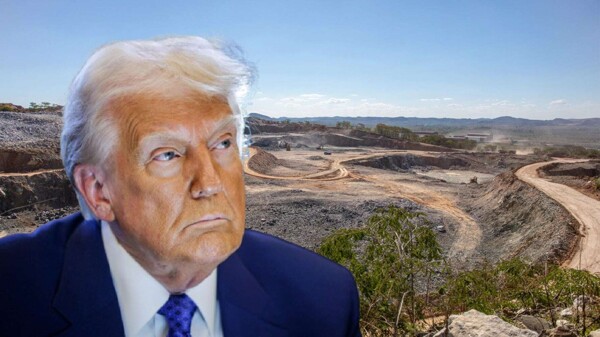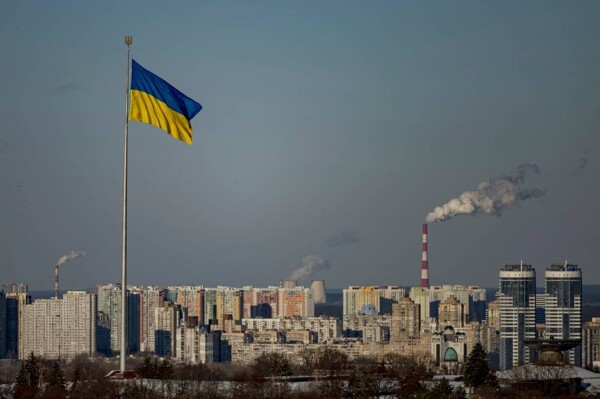Rare earths are chemical elements essential for the manufacture of high-tech products. Among them are lanthanum, cerium, neodymium, and samarium, used in mobile phones, electric vehicles, and monitors, among others. Experts point out that only 1% of rare earths in the market are recycled, highlighting the need to seek sustainable alternatives in their production and recycling.
Although called rare earths, they are neither rare nor earth in a literal sense. These elements have similar properties and are mostly scarce in the Earth's crust. Their recovery and recycling are possible, despite the complexity of the technologies involved. This is why promoting a circular economy in the rare earth industry is considered important to generate economic, social, and environmental opportunities.
China is the largest producer of rare earths globally, followed by the United States and Australia. Dependence on these elements and the environmental impacts of their extraction drive the search for alternatives. Some companies, like Tesla, are already implementing strategies to reduce or eliminate the use of rare earths in their products. LED lighting, for instance, requires elements like europium and cerium, essential for its production.
Recently, there have been reports of possible negotiations between the presidents of the United States and Russia to seek a solution to the conflict in Ukraine. The Ukrainian president proposed an agreement to continue military aid in exchange for investing in the country's mining industry. In this geopolitical context, the importance of rare earths becomes relevant, not only for their technological value but also for their economic and environmental impact on a global scale.














